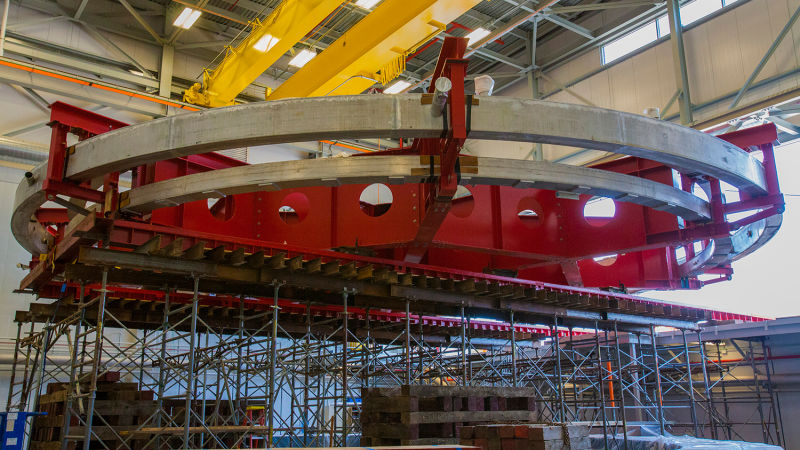
The North American Council for Freight Efficiency last week released a confidence report on solar-panel technology and its applications in trucking operations, from panels designed to charge a truck’s primary and auxiliary battery systems to trailer-related applications such as support for liftgates, telematics devices and reefer units.
The goal of the confidence report is to provide information for fleets to help objectively evaluate the benefits and challenges of solar panels. The 65-page report, available now for download via the page at this link, aims to explain solar applications for tractors and trailers, describe considerations to take into account when evaluating whether to invest in solar panels, and create awareness about the major trends driving and influencing the field of solar technologies as applied to commercial vehicles.
The most common application for panels today comes in support of auxiliary climate control and in-cab power systems designed to function “without adding additional batteries to the truck,” NACFE says, to reduce the need to idle the engine during extended down periods.
Says NACFE Executive Director Mike Roeth, “Battery-powered HVACs are a good solution, but they often can’t” get a driver all the way through an off-duty period, depending on his/her need for electricity. “Solar could be a way to help them get all the way there.”
Solar panels utilized in such applications hold the power to extend the life of the batteries used, one of the key benefits the council identified for mobile solar technology available today, in consultation with what fleets and battery manufacturers have seen with longer-term use.
NACFE found that the other biggest benefit came from avoiding emergency roadside assistance and associated downtime for dead batteries.
Small panels on trailers, too, can serve most of the power needs for telematics systems installed, for instance, or to provide a trickle of power to keep a reefer unit’s starting battery charged, Roeth adds. “If a trailer has small electrical loads like a telematics system, then a small solar panel that ensures that the system will have virtually 100 percent availability for trailer location and other related data makes a great deal of sense.”
Overall, notes Roeth, “costs, durability and flexibility of these panels has improved so that they can be mounted to curved surfaces” and such that they are a “real solution” that truckers are “making work. … Flexible mounting has really improved, as well as the performance of these panels … even at dusk and at dawn” when sunlight is least direct.





